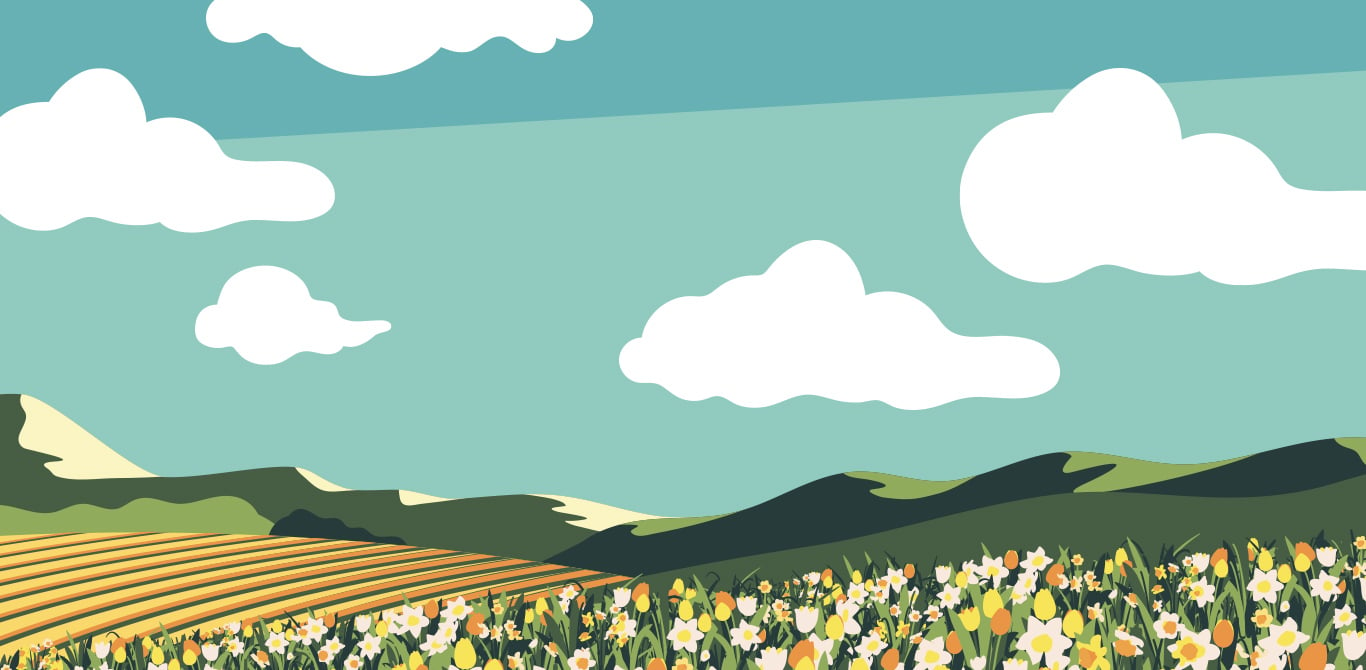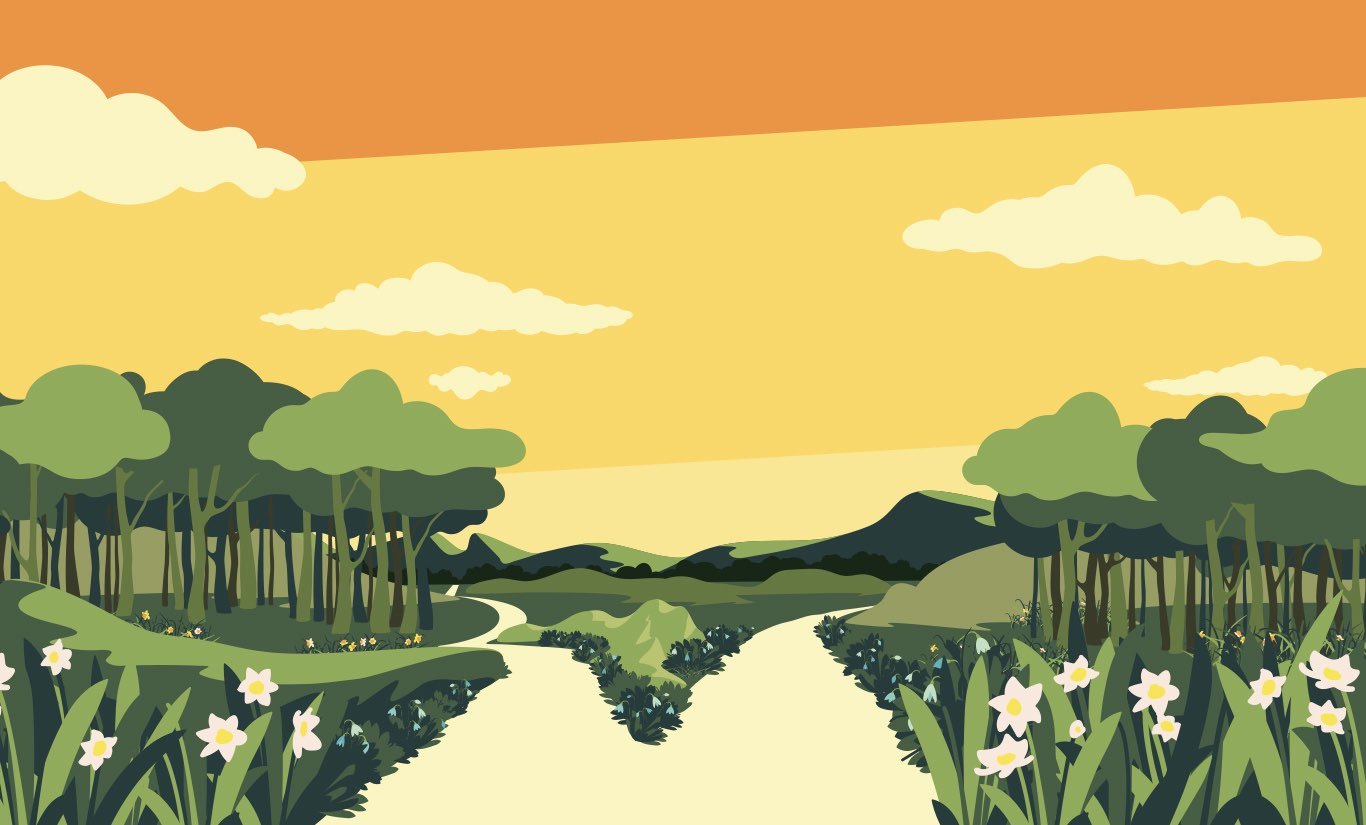



Grass pollen count near me
Trees pollen count near me
Weeds pollen count near me
GrassPoaceae
272
Casuarina
272
Acacia
272
Cypress
272
Myrtaceae
272
Pine
272
Elm
272
Willow
272
Oak
272
Olive
272
Alder
272
Birch
272
Chenopod
272
Sedges
272
Aster
272
Plantago
272
Rumex
The pollen forecast for your area
The weather forecast for your area
Understanding the what, why and when of hay fever is key, so here's the low-down
Please wait a moment while your pollen is being counted
Current location
Please wait a moment while your pollen is being counted
Please wait a moment while your Weather Forecast is being loaded
You can now find out pollen levels in your current or future location by using our hyper local pollen forecasting tool.
Pollen Levels Near Me
Your Pollen Pal gives you both the pollen count levels and weather forecasts in your local area when you enter your postcode. It can also give more detailed information about the types of pollen you can expect today and for the days ahead. You can even click on the pollen type to see the breakdown of allergens to give you a further idea of which pollen you may be sensitive to.
Pollen Forecasts
Your Pollen Pal will forecast pollen levels over the next 5 days in your current, or selected area, and break this down into Grass, Tree and Weed pollen levels to help you plan your next few days ahead in the great outdoors. Visit our types of pollen page to find out more about different pollen types and the impact they can have on hay fever symptoms.
How Does Your Pollen Pal Work?
The pollen tracker takes data from several sources and gives it to a friendly little AI robot (not a real robot) to create a personalised pollen count just for you.
The data comes from Ambee, which takes its data from:
1. Pollen traps across Australia and beyond
2. Local weather on the day
3. The different types of trees, weeds, and grass in your area
“With such levels of accuracy, we can predict the pollen count on your street for up to five days ahead.” Madhusudhan Anand, Co-Founder & CTO of AmbeePollen Levels
The following table shows the risk level for each type of pollen derived by applying NAB guidelines to our data and taking percentile values from the extended season for each type of pollen.
Severity of pollen is dictated by the PPM number, which stands for Pollen Grains Per Cubic Metre.
| Risk Level | Tree | Grass | Weed |
|---|---|---|---|
| Low | 0-95 | 0-29 | 0-20 |
| Moderate | 96-207 | 30-60 | 21-77 |
| High | 208-703 | 61-341 | 78-266 |
| Very High | 704+ | 342+ | 267+ |
The weather and time of day can also be a big factor when it comes to how the pollen count can affect you. As pollen falls to the ground when the heat dissipates during the evening, this can mean your hay fever symptoms get worse and is why many hay fever sufferers have worse symptoms in the night.
On rainy days, you’ll find your hay fever symptoms are easier to manage as the rain tends to wash the pollen away.
Top Five Tips to Prevent Hay Fever Symptoms
Knowing how to manage or even prevent hay fever can really help to improve your quality of life in high pollen seasons. We’ve put together five top tips on how to keep hay fever to a minimum.
1. Showering and changing clothes after being outdoors – pollen gets everywhere, sticking to clothes and affecting you long after you’ve retreated inside. After a day outside, jump in the shower, or bath, and change your clothes to prevent transmission.
2. Applying petroleum gel just under nose – a little dab before you head out can act as a barrier to prevent pollen particles from entering your nose. Just don’t forget it’s there, as if you’re eating doughnuts (go on, why not?) the sugar will stick to the jelly as well as the pollen powder.
3. Wearing wraparound sunglasses – a suitably stylish way of keeping pesky pollen powder out of your eyes. Plus, you'll look like The Terminator which is cool... if that's your thing?
4. Keep it clean – Regularly wash your hands when out and about to remove pollen, or just give them a quick clean with some Anti-Bacterial Wipes.
5. Drying your laundry inside – gorgeous weather means drying washing outside - but this leads to pollen using your best jumper as a resting spot. If you suffer from hay fever, it’s better to dry your laundry inside.